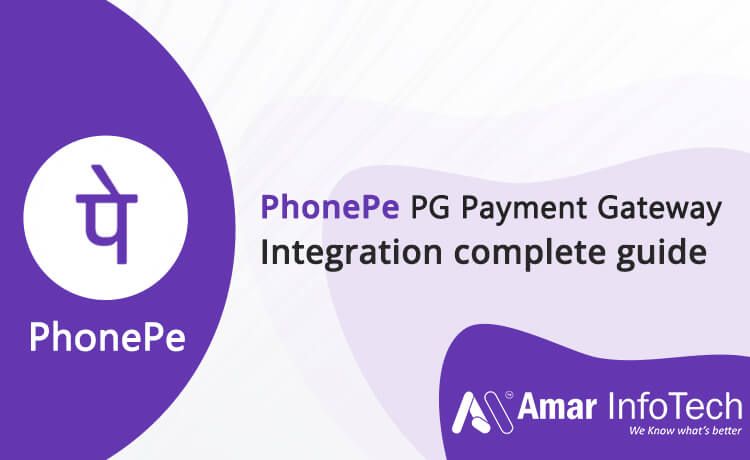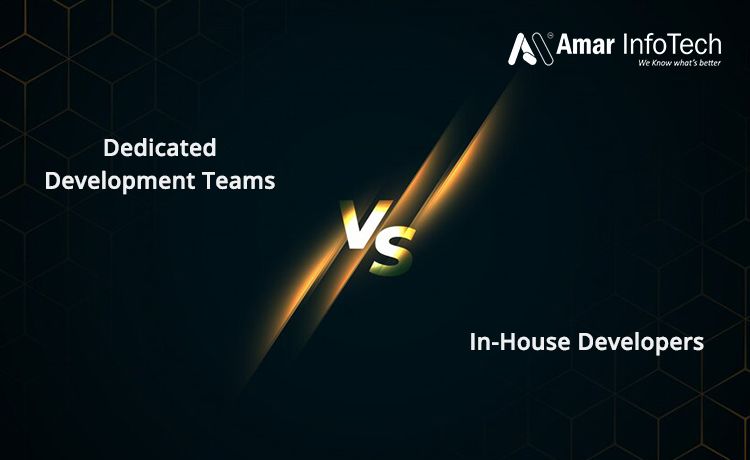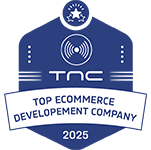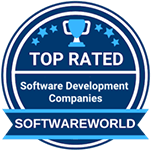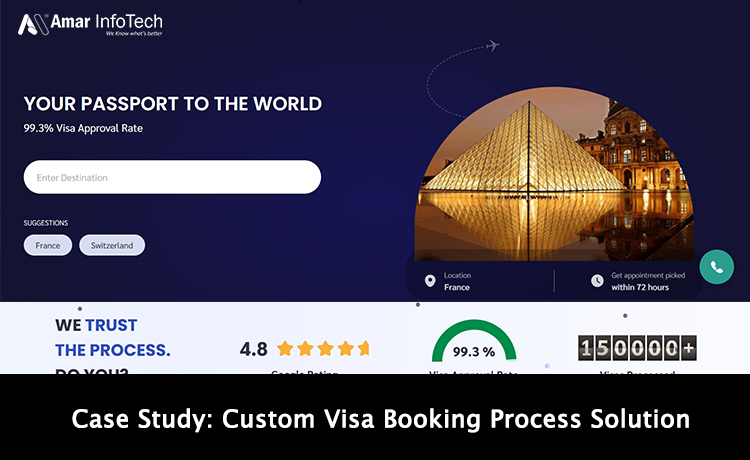Are you in the e-commerce business? Are you still using the tactics of traditional pricing? Then let me tell you that you will fall behind your competitors in a big way sooner rather than later. The reason for that is nowadays every big e-commerce company use the tactics of dynamic pricing.
Now straightaway one question would be running in your head, what is Dynamic Pricing in e-Commerce and how does it affect e-commerce? So first thing first, Dynamic Pricing is the latest trend in e-commerce where the price of the product changes in real-time according to the supply and demand of the product.
If you are in the e-commerce business, you must know about the concept of Dynamic Pricing. Are you worried about your business? Then don’t be so. Today we are going to give you the ultimate guide to Dynamic Pricing that will solve all the mystery regarding it. So let’s understand it in detail.
History of Dynamic Pricing:-

Now, if you talk about the history dynamic pricing model in e-commerce, it goes back to the 1980’s where this concept was used for the first time by the American Airlines. At that time it was not the most popular tactic as the technology was still finding its feet and there was not much research done on it.
But as the technology started to grow during the early ’90s and more so in the 21st century where it revolutionized the industry, this tactic became more and more famous among the e-commerce companies.
In recent times, the innovations in Machine Learning have also helped the concept of Dynamic Pricing in a tremendous way. It has allowed the technocrats to design a pricing intelligent software which can accurately predict the prices according to the supply and demand of any product.
How it Works:-
Basically, there is a software designed Dynamic Pricing which is used by top e-commerce giants. Now, if you decode any popular e-commerce dynamic pricing algorithm, you will find that they have definitely used one of the famous prediction models in it which help to adjust the price of the product.
What actually happens in Dynamic Pricing is that the price of your product keeps on changing according to the real-time demand and supply of the product. For ex: Suppose you're selling an iPhone X on your site and there is a huge demand for it, but the stock is limited automatically the price would go up and vice-versa.
Companies that use dynamic pricing always stay one step ahead of the competitors in the market as it provides the flexibility of adjusting the prices which were not the case in the traditional pricing model. In addition to that, it gives you insights regarding latest market trend and most importantly increases your revenue.
Now, let me give you one famous dynamic pricing strategy example. After using the tactic of Dynamic Pricing, Walmart saw an increase of 30% in its sales while the e-commerce giant Amazon saw a 27 % increase in its revenue, which allowed the company to break into the top 10 retailers of the US and from there on it has never looked back.
Benefits of Dynamic Pricing:-

If you analyze the dynamic pricing advantages and disadvantages, you will definitely come to a conclusion that most of its features are very good and it helps the organization to grow. The only thing we fear is the overuse of latest technologies in Dynamic Pricing software which takes away the control of the organization.
Greater Control on Pricing.
Allows Flexibility.
Saves lots of Money.
Easy to Manage with the Proper Software.
Competitive Edge over others in the Market.
Let’s look at some of the major benefits of Dynamic Pricing:
Dynamic Pricing Tactics:-
There are many Dynamic Pricing tactics that you can implement in your e-commerce business in order to increase your sales and generate more revenue. So let’s discuss some of the top tactics for that.

1) Segmented Pricing:-
It is one of the top dynamic pricing tactics for online retailers across the globe. Segmented Pricing means dividing the product into different tiers and assigned them different prices. This tactic was successfully used by Apple during the launch of iPhone 5 where 5S and 5C both had different prices and it was very successful.
2) Peak Pricing:-
It is one of the popular Dynamic Pricing Strategies for eCommerce Growth which has been implemented successfully by many giants. As the name suggests, Peak Pricing means deciding the price according to the demand. If the demand is very high, you should set the high price for that and vice-versa.
3) Time-Based Pricing:-
Time-Based Pricing means changing the price of the product according to the time of the day or longevity of the product. For ex: if it’s early morning time, very few will do the shopping so you should reduce your price and if it's evening time a lot of people would shop and you can increase your price accordingly.
4) Penetration Pricing:-
This tactic is used when you are going to introduce a new product in the market and you are unsure of how people will respond to it. So Penetration Pricing tactic says that you should analyze the market trend and adjust your price lower than your competitors which allows you to enter the market.
Closing Thoughts:-
We hope that after reading this article, all the confusion of yours regarding the Dynamic Pricing will be removed and it will help you to make a better strategy for your e-commerce business, which increases your revenue. Thank You.!

